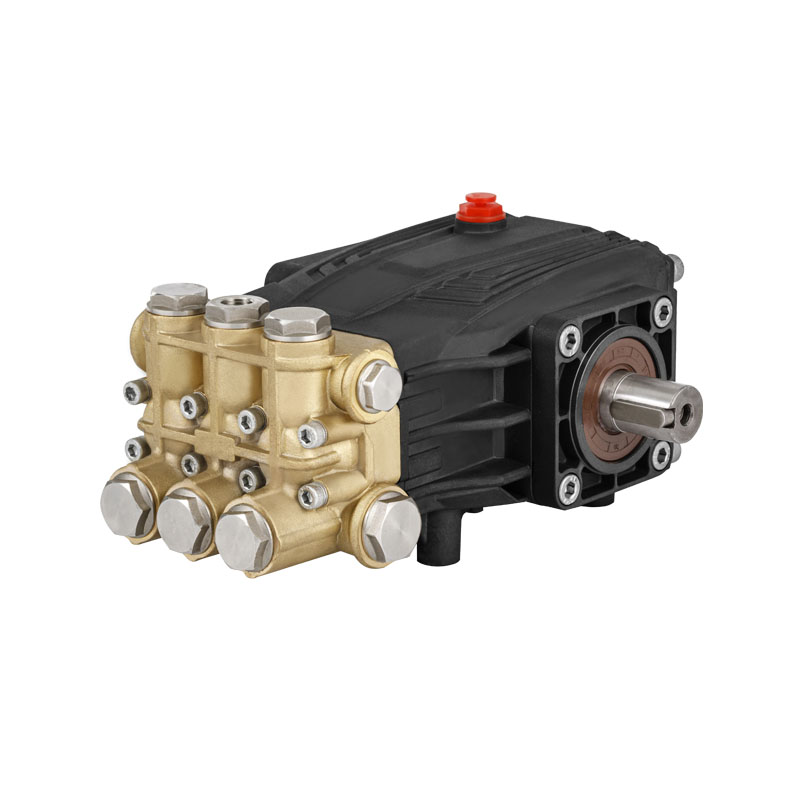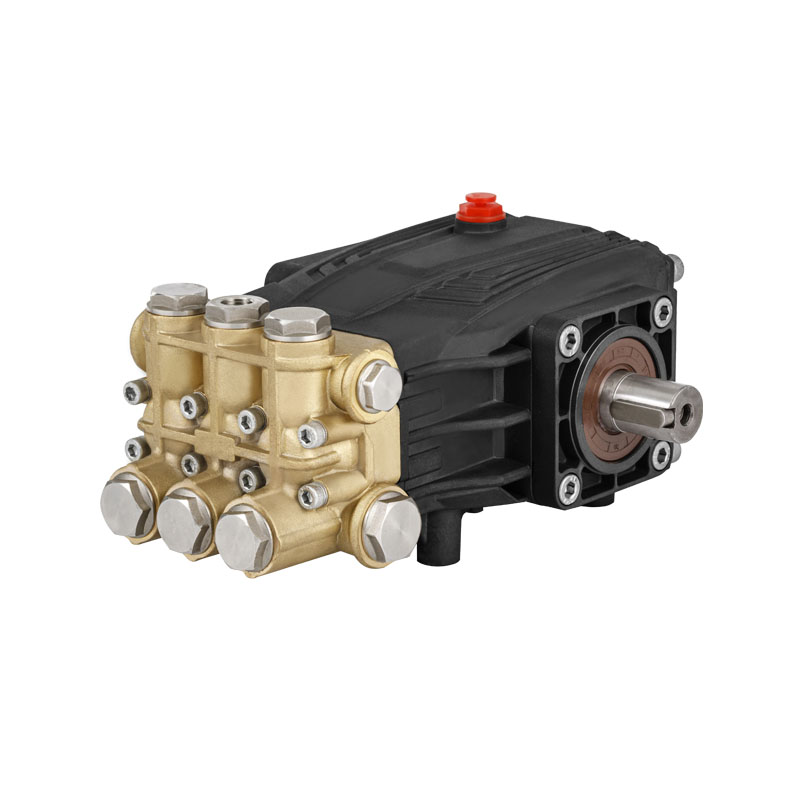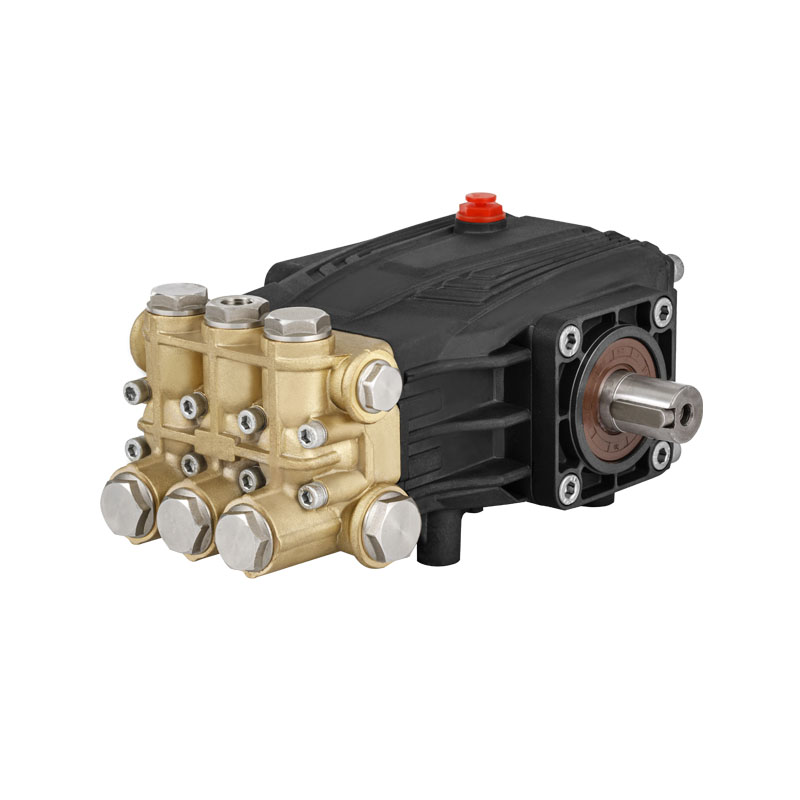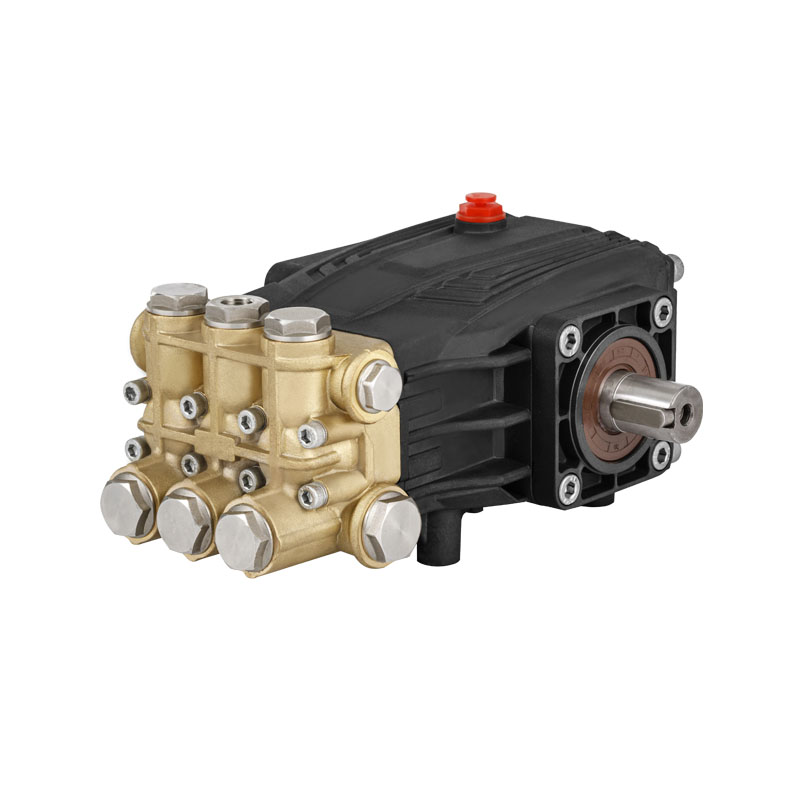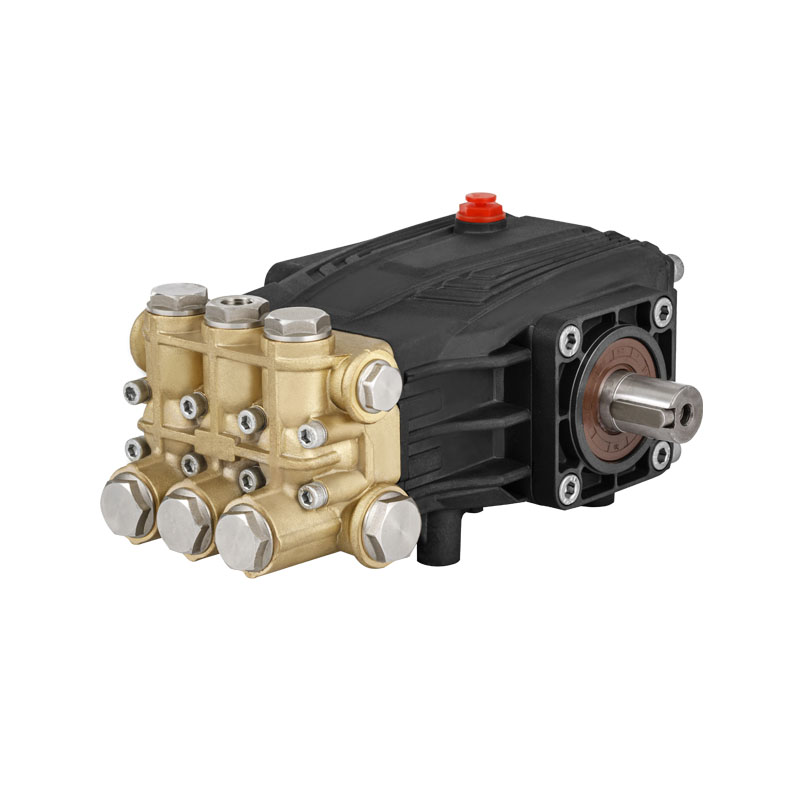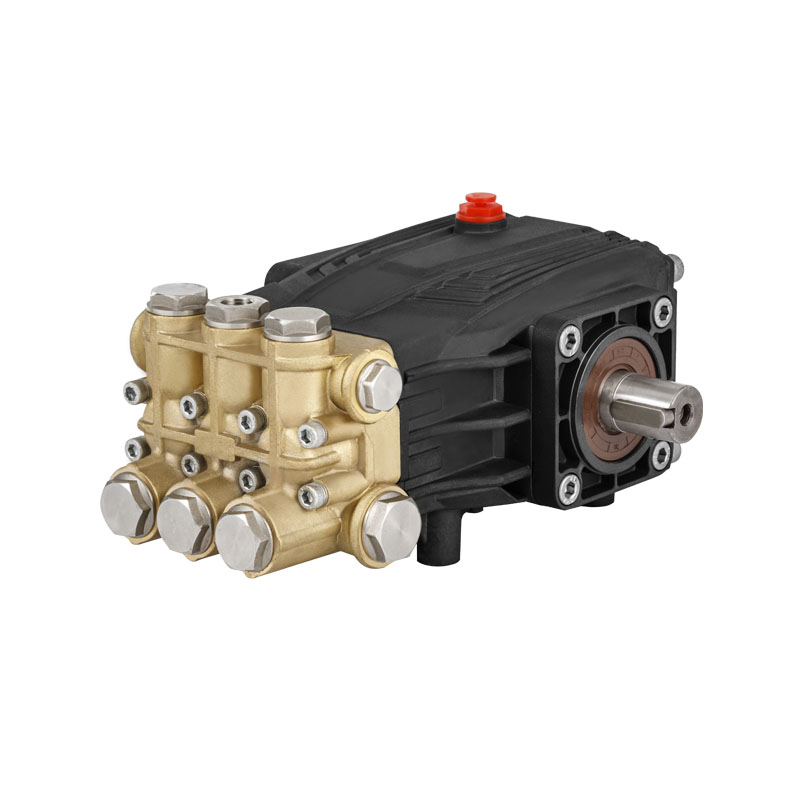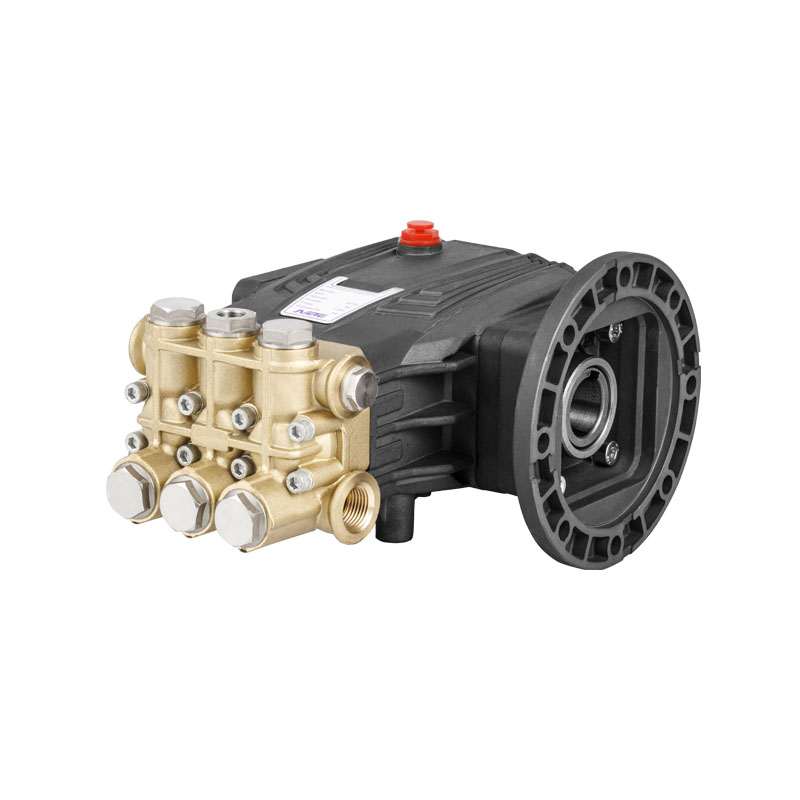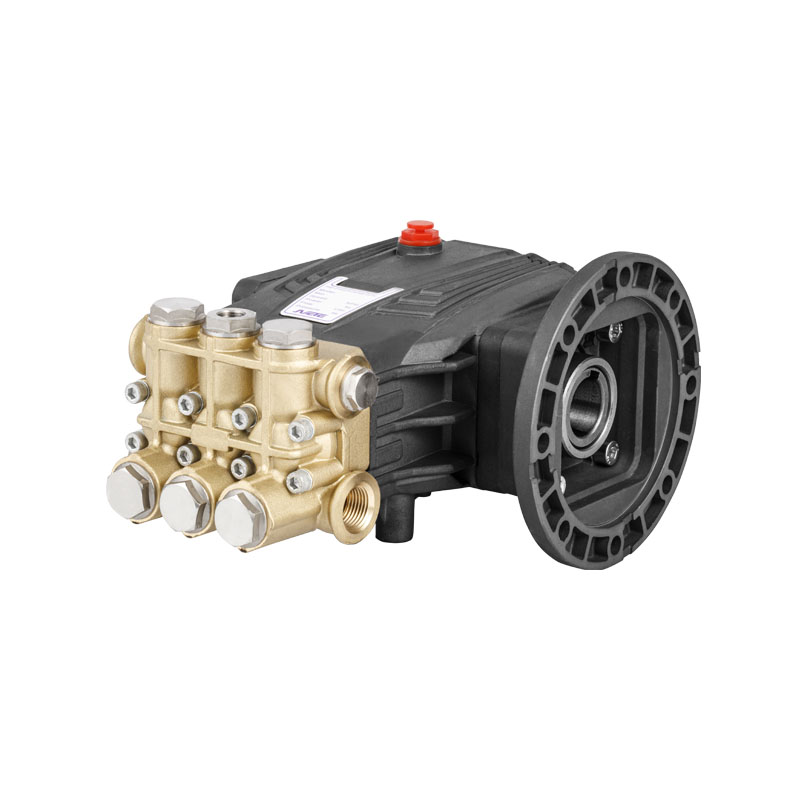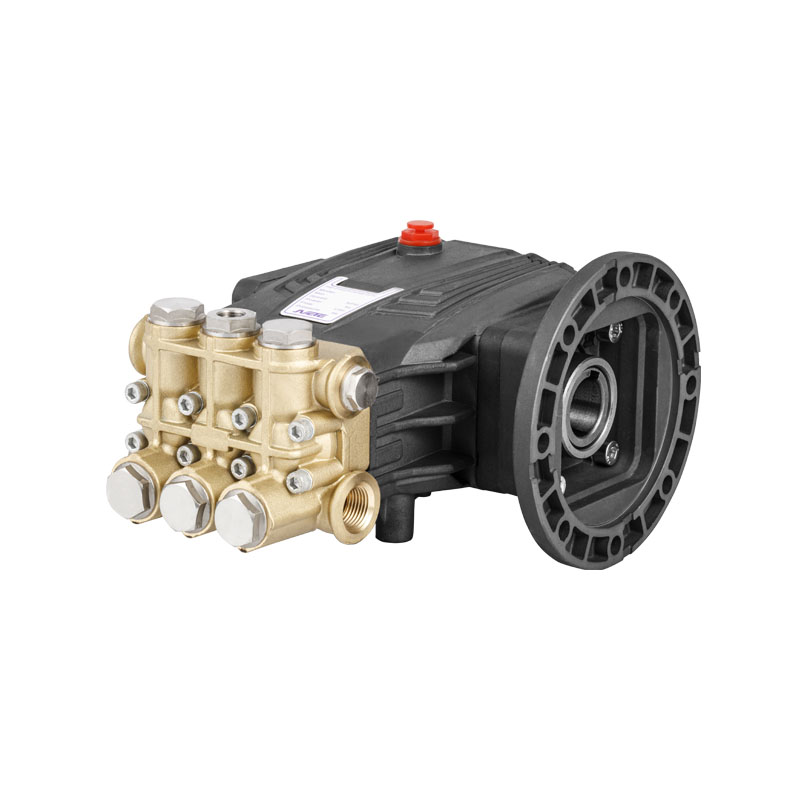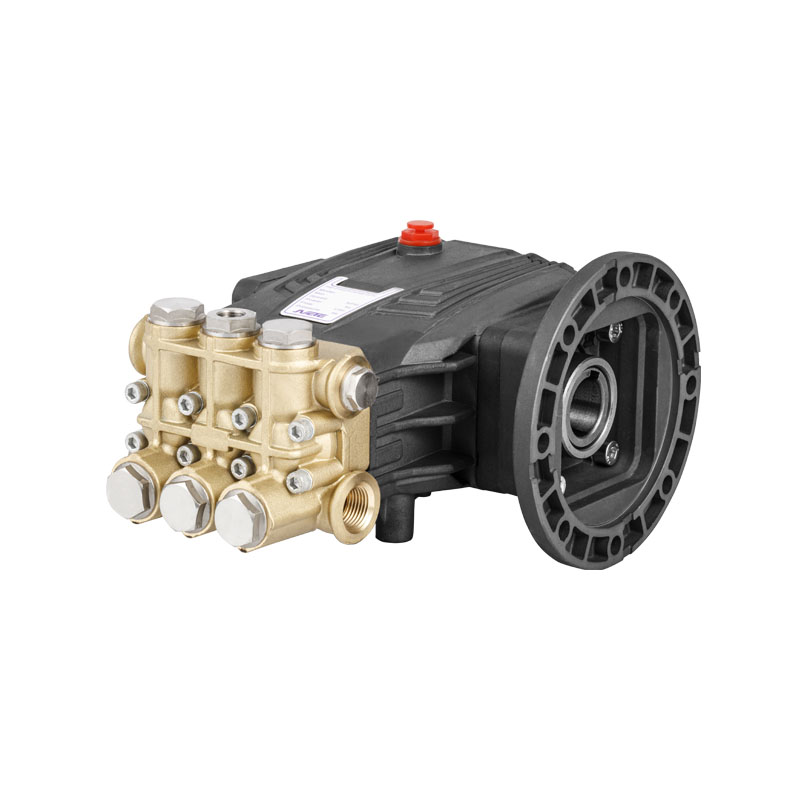The industrial equipment sector is experiencing a surge in demand for enhanced safety and efficiency, placing renewed focus on a critical component — the High Pressure Plunger Pump Safety Valve. As industries like oil and gas, chemical processing, and water treatment continue to scale operations, this once-overlooked component is emerging as a linchpin in system reliability and worker safety.
A High Pressure Plunger Pump Safety Valve is engineered to protect plunger pumps and associated equipment from overpressure conditions. These valves automatically release pressure once it exceeds a preset threshold, preventing catastrophic equipment failure or hazardous leaks. As industrial applications become more demanding, the performance of a High Pressure Plunger Pump Safety Valve can mean the difference between operational continuity and an unscheduled shutdown.
Market Growth Driven by Safety Regulations
Global regulatory bodies have tightened safety requirements across multiple industries, significantly impacting the design and deployment of high-pressure systems. According to a recent report by TechInsights Global, the High Pressure Plunger Pump Safety Valve market is expected to grow at a CAGR of 6.8% over the next five years. This growth is attributed to the rising adoption of automated safety solutions and increasing awareness of occupational hazards.
“Manufacturers are now integrating smart monitoring capabilities into the traditional High Pressure Plunger Pump Safety Valve,” said Elena Morrison, analyst at TechInsights. “These smart valves offer real-time data on pressure levels and valve performance, which enhances predictive maintenance strategies.”
New Product Launches and Innovations
Several key industry players have introduced innovative High Pressure Plunger Pump Safety Valve models designed for harsh environments. German engineering firm Zühlke Systems recently unveiled its ZVX-900 series, a high-performance valve system made from corrosion-resistant alloys and capable of operating in temperatures ranging from -40°C to 250°C.
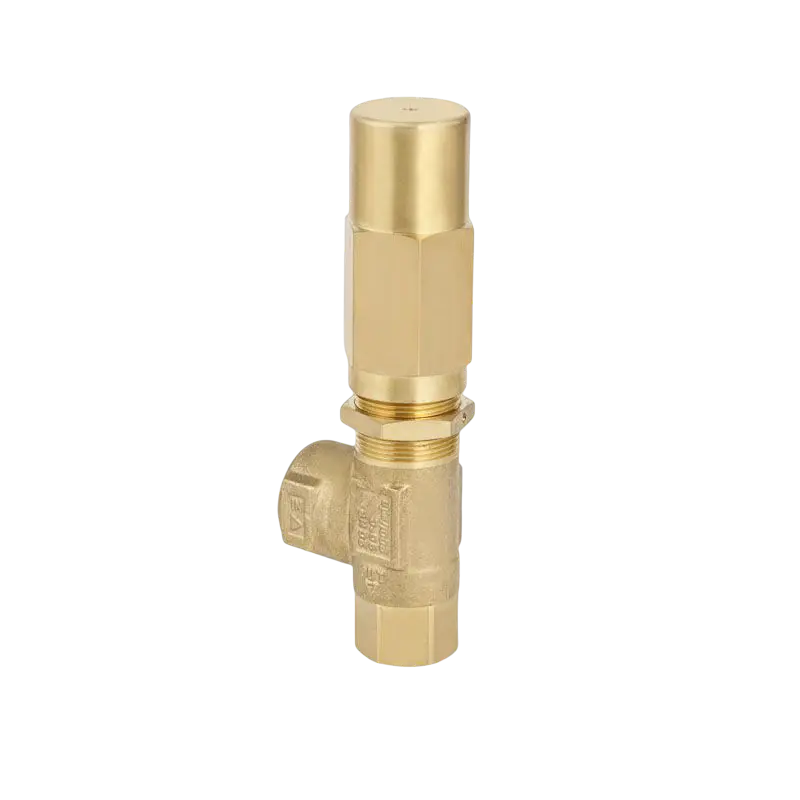
“Our new valve is a direct response to customer demand in the offshore drilling and geothermal sectors,” said Zühlke's product manager Thomas Engel. “The ZVX-900 is not only robust but also includes self-diagnostics and Bluetooth connectivity for remote monitoring, making it one of the advanced High Pressure Plunger Pump Safety Valve systems on the market.”
Challenges and Considerations
Despite advancements, selecting the right High Pressure Plunger Pump Safety Valve still presents challenges for engineers. Valve misapplication can result in frequent tripping or failure to actuate under pressure surges. Factors such as fluid compatibility, operating temperature, and required flow rates must be meticulously calculated.
Additionally, counterfeit components have emerged as a significant concern. Several industry watchdogs have issued warnings regarding the infiltration of substandard High Pressure Plunger Pump Safety Valve copies, which pose serious safety risks.
“Purchasing certified and tested components from trusted suppliers is essential,” advised John Ramirez, safety consultant for OilPro Systems. “A faulty High Pressure Plunger Pump Safety Valve doesn’t just risk equipment damage — it endangers lives.”
The Role of Automation and Digitalization
With the rise of Industry 4.0, automation is reshaping how facilities operate and maintain high-pressure systems. Smart High Pressure Plunger Pump Safety Valve units are being integrated into broader SCADA (Supervisory Control and Data Acquisition) systems, offering facility managers good visibility into system pressures and valve behavior.
“Digital integration allows valves to ‘talk’ to other components,” said Marina Chen, head of engineering at FlowNetics, a automation provider. “When a pressure anomaly is detected, the system can trigger alerts, shut down pumps, and log the incident for future analysis. It’s a quantum leap from manual inspection routines.”





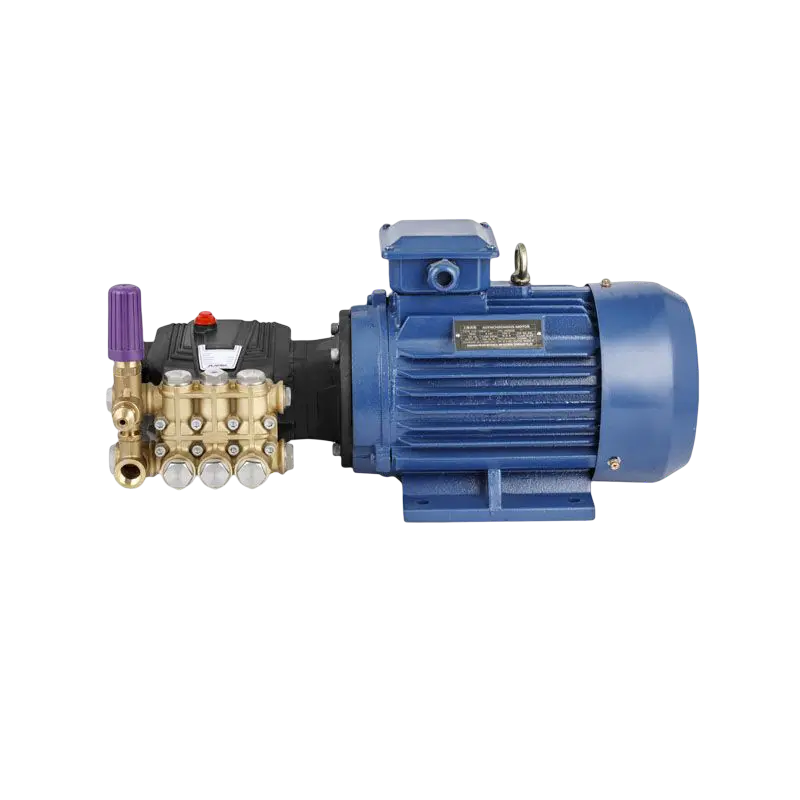
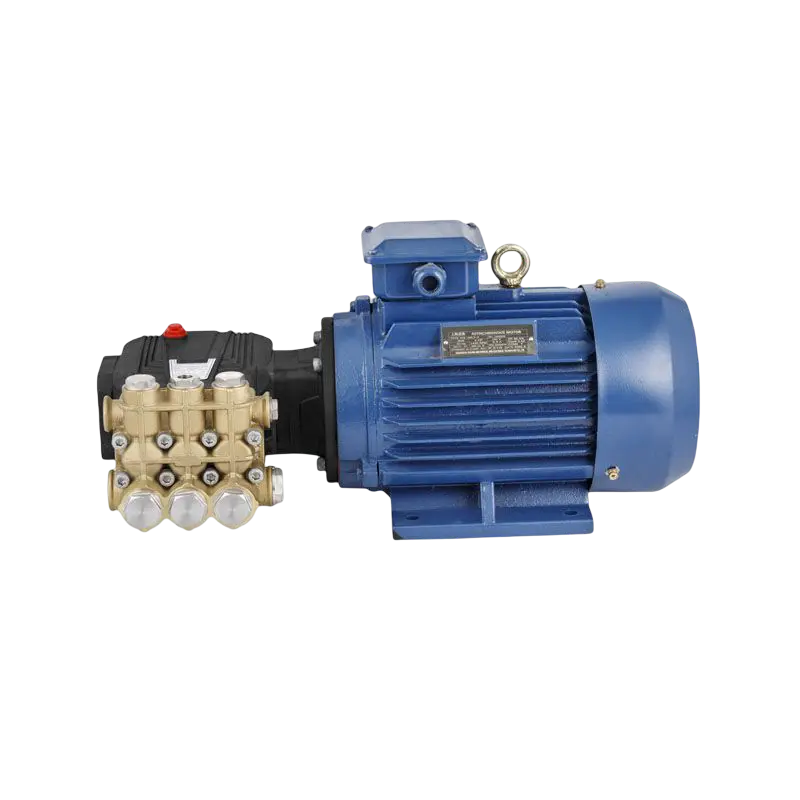
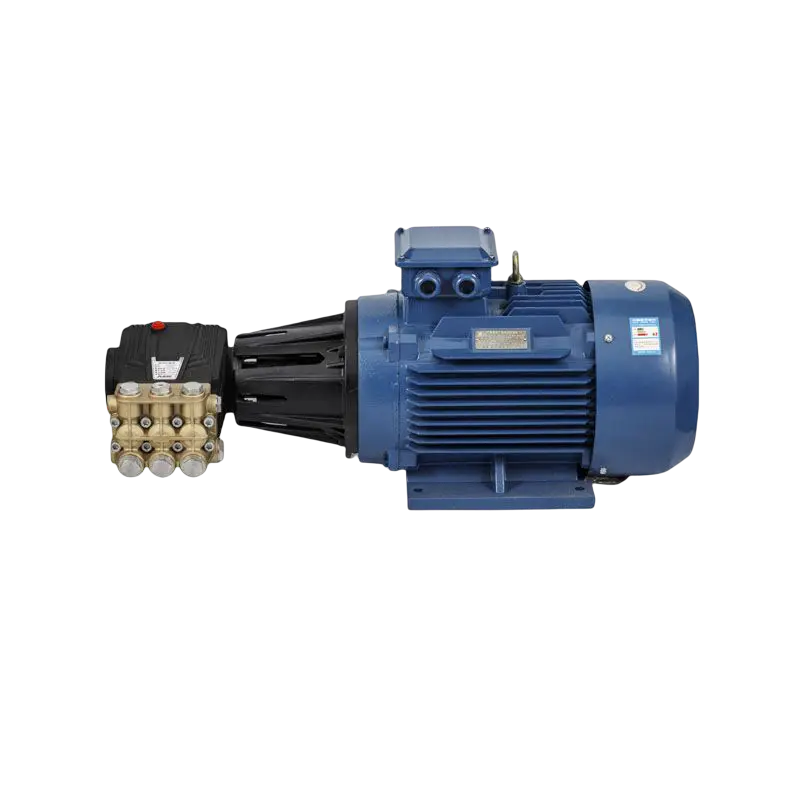
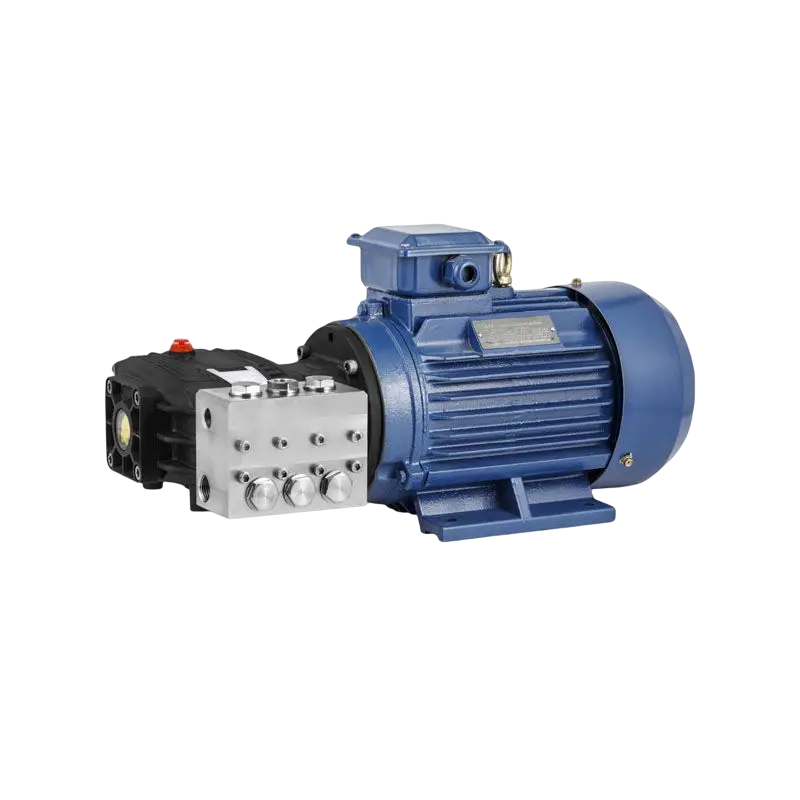
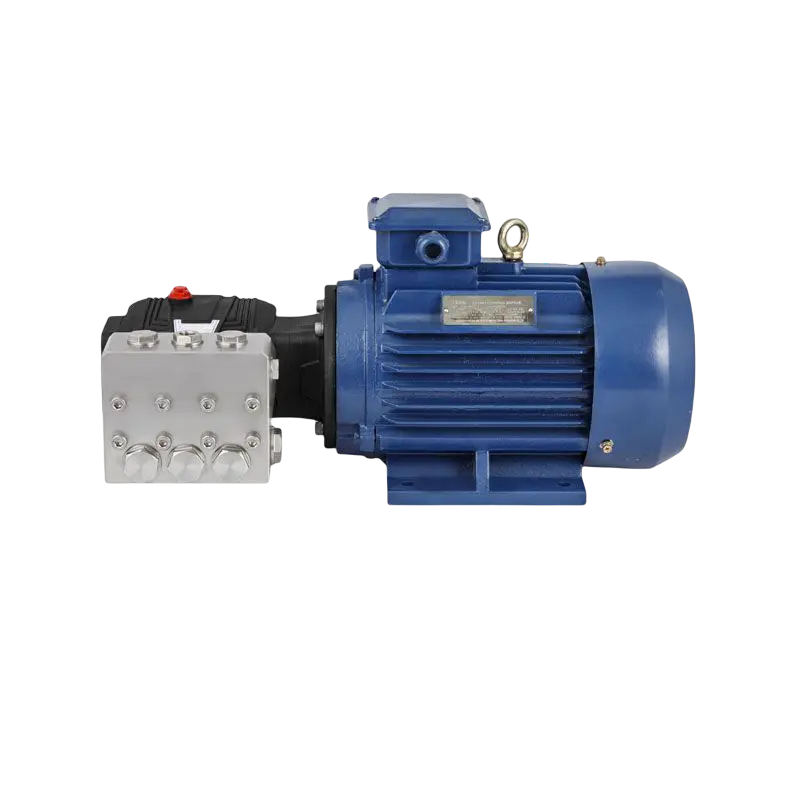
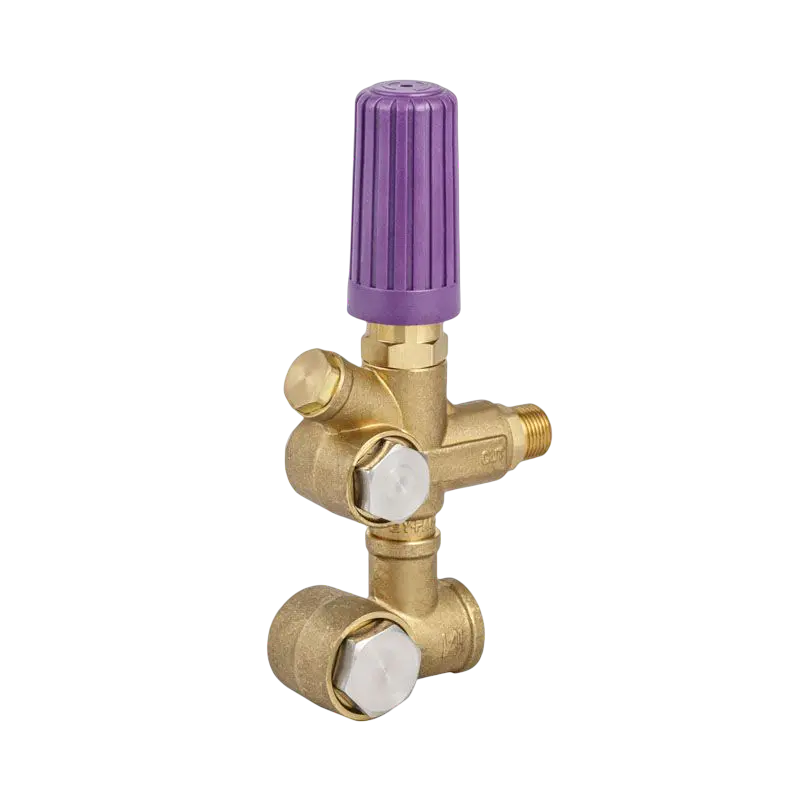
-2(1).png)



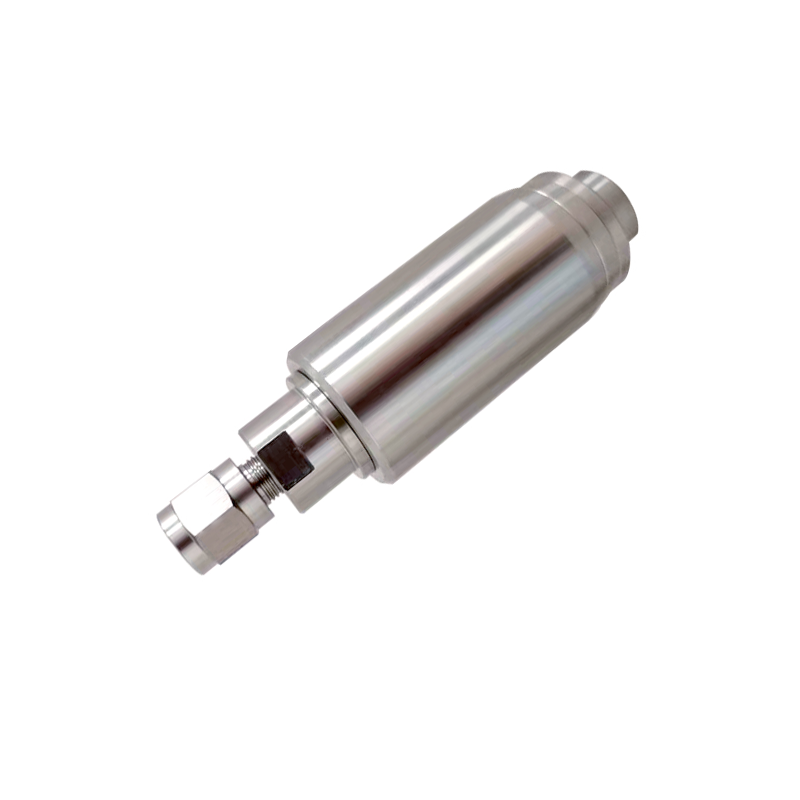
 English
English Español
Español
